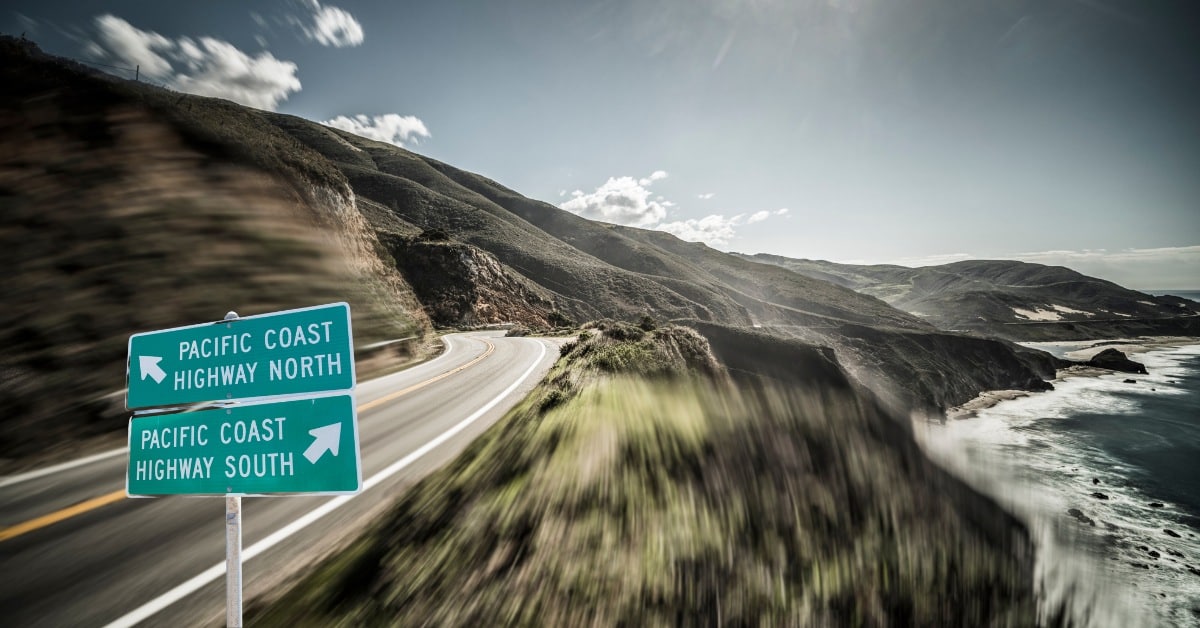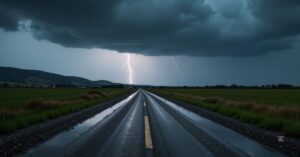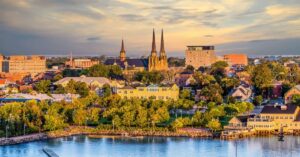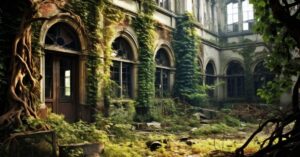California Highway 1 – better known as the Pacific Coast Highway – is one of America’s great scenic drives. For visitors touring California, taking this road between San Francisco and Los Angeles opens up a variety of coastal scenery, from rugged sea cliffs and pounding surf to nature preserves and rural towns a world away from their big-city anchors. Driving the stretch of Highway One is the dream of many travelers.
This 485-mile Pacific Coast Highway drive is not the fastest route between these cities. Allow at least two days to include a minimum of sightseeing, more if you plan to linger along the way. Here are some of the highlights on the northern stretch between San Francisco and Monterey.
When to Drive Highway One
It is true that Southern California is temperate and fairly warm year-round. However, the farther north you go, the more likely you are to run into cold and fog. Summer can provide some of the foggiest weather and the most tourists. A better time to go is fall. (Either way, bring a sweater for chilly evenings.)
It is good to keep in mind that Highway One is a small, curvy, two-lane road that passes through many less populated areas. Drivers not used to mountain driving, let alone driving on the side of a cliff will probably want to avoid driving at night. It is wise to plan ahead and leave plenty of time for possible delays. Certain areas, like Devil’s Slide just south of Pacifica, are especially prone to rockslides and road closures.
Also Read
How Long It Takes to Drive Highway One
One of the biggest vacation mistakes people make is trying to do too much. In the case of Highway One, some of the best stops are a little ways off the highway. Even the close attractions may take longer than expected. Visiting Hearst Castle, for example, requires 2 to 3 hours minimum.
In ideal conditions, the drive between Los Angeles and San Francisco on Highway One takes about eight hours. A two-day trip requires only four hours of driving per day but doesn’t leave enough time for any significant stops – just enough to see the coastal scenery. A three-day trip leaves enough time for one or two longer stops. Four days is even better. A week leaves enough time to explore San Francisco and/or Los Angeles.
Where to Stop on Highway One
First and foremost, travelers drive the Pacific Coast Highway for the scenery. Even those who only have time to pull off the road for a moment or two will have the experience of a lifetime. But those who have more time should explore some of the parks along the way. Big Sur may be the most famous, but travelers can also try an easy trail in one of many Santa Cruz County parks.
There are plenty of opportunities for wildlife viewing in the area. The Piedras Blancas elephant seal rookery is a must. Whales can sometimes be seen from the coast, but a better bet is to take a few hours on a whale-watching boat, perhaps from Monterey or Santa Cruz. Also in Monterey is the justifiably famous Monterey Bay Aquarium.

The highway and surrounding area are dotted with quaint towns and small cities, each with a distinct personality. Right off the highway are college towns like Santa Cruz and posh former artist colonies like Carmel. A little further inland, visitors can explore Solvang, a Danish mountain village in the middle of California.
Another quintessential California experience is an afternoon of wine tasting. While Central Coast wineries may be less known than those in Napa, they produce excellent wines. Oenophiles can head directly to the winery or to one of the tasting rooms located in town. Nothing beats a sunset coastal picnic with a bottle of local wine.
California Highway 1 Scenic Drive
Many of the cities and places along this stretch of the Pacific Coast Highway are worth a longer stay. Here are the highlights of the southern part of the Pacific Coast Highway drive between Hearst Castle and Los Angeles.
Cambria
With many good travel centers, restaurants, bars, and bed-and-breakfast inns, Cambria makes a good base for visiting Hearst Castle, 8 miles to the north. It is home to a colony of artists and craftspeople. While the gift shops along the highway are rather touristy, there are several good galleries and shops along Main Street in the older part of town.
Many fine Arts and Crafts-style houses, dating from the early 20th century, can be seen in the town’s East Village. On Hillcrest Drive, look for Nit Wit Ridge, a house built out of recycled junk materials.
There are great views of the sea – and sometimes sea otters, whales, and other marine life – from Leffingwell Landing. With pretty pebbles and jade scattered along its shoreline, Cambria is a great spot for beachcombing.
Ten miles south, there are sandy beaches and a long pier at the old fishing village of Cayucos.
Morro Bay
A huge volcanic rock rising out of the water offshore is the landmark of this pleasant fishing port. One of nine extinct volcanoes along this part of the Pacific Coast Highway coast, it was named Morro Rock by early explorers who thought its dome shape resembled the Moorish turbans and domes of southern Spain.
The rock is now a wildlife reserve protecting the peregrine falcons that nest here. Many other birds and plants thrive in the tall white sand dunes along the beach at the base of the rock. The Natural History Museum at Morro Bay State Park has wildlife exhibits and an observation deck.
In town, there are galleries, seafood restaurants, and an aquarium along the waterfront, as well as whale-watching trips and cruises around the bay.
San Luis Obispo
Highway 1 meets Highway 101 at San Luis Obispo, which is slightly inland and about halfway between San Francisco and LA on the Pacific Coast Highway drive. A market town for the surrounding farming and ranching community, it is also home to California Polytechnic University.
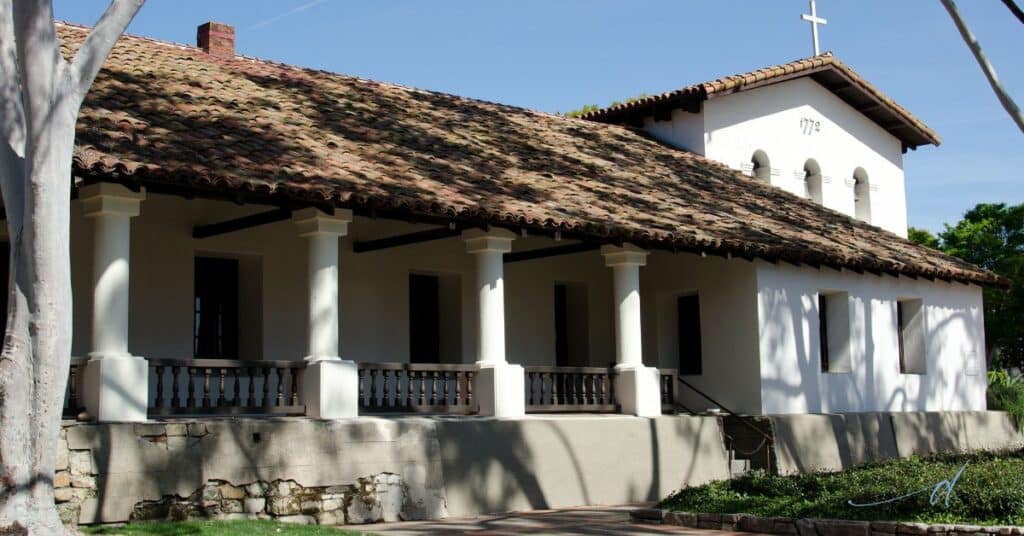
The main attraction is the historic San Luis Obispo Mission de Tolosa, founded by the Franciscans in 1772. The distinctive red roof tiles, which are characteristic of Spanish mission architecture, were first used here.
The town is full of fine architecture, from Victorian homes and commercial buildings to a doctor’s office designed by Frank Lloyd Wright. Most famous, however, is the quirky Madonna Inn, its many themed rooms filled with kitschy decor.
Pismo Beach
Return to the coast at this energetic resort town. The Pismo clams that made it famous at the turn of the 20th century are now sadly depleted, but the town still holds an annual clam festival in the fall.
The beach runs south for 8 miles, backed by large sand dunes. While some sections are given over to dune buggies and off-road vehicles, other dunes are nature reserves sheltering plants and wildlife, as well as Native American shell mounds.
Lompoc
Highway 1 runs south through inland agricultural valleys of rolling countryside, skirting Vandenberg Airforce Base. Lompoc is the center of one of the world’s largest flower seed-producing regions. It’s an especially beautiful drive from late spring through summer when the flower fields are a rainbow of colors.
In town, pick up a map of the 19-mile Flower Drive through the valley, which identifies the many flower fields. Northeast of town is the reconstructed La Purísima Concepción Mission.
Santa Barbara
With its whitewashed buildings, red-tiled roofs and palm trees, Santa Barbara is one of the most attractive cities in the country. Most of its lovely architecture dates from after 1925, when the city was devastated by a massive earthquake and rebuilt in the Spanish-Mediterranean-style.
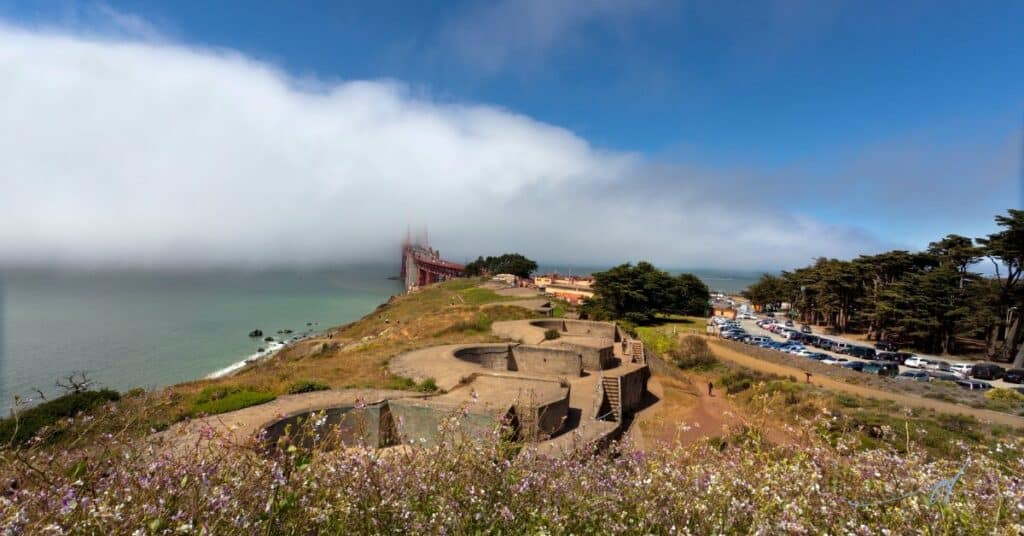
Among its wealth of attractions are the County Courthouse, the restored Presidio (fort) buildings dating from 1782, and the Santa Barbara Mission, known as the Queen of the Missions. The Museum of Art has a superb collection of regional art, and more treasures are held in the Historical Museum.
From here, the 72-mile drive along the Pacific Coast Highway through Ventura and Oxnard brings you to another beautiful stretch of coast at Malibu and on into Los Angeles.
